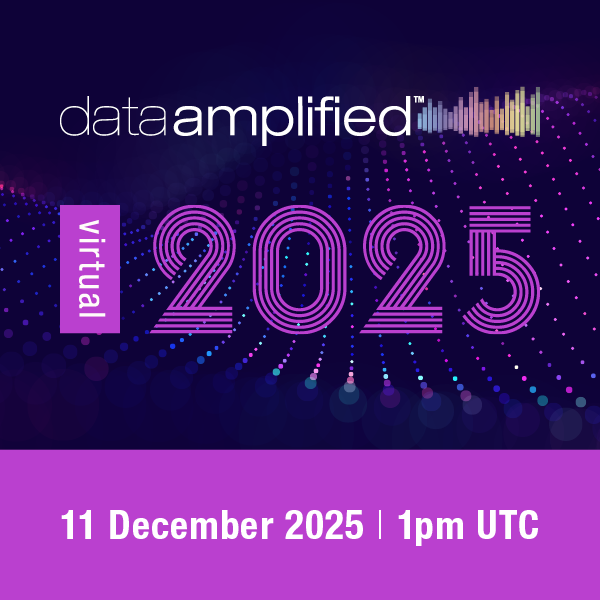Climate disclosures take shape as California sets digital reporting course

Last week the California Air Resources Board (CARB) released a FAQ document providing (a few) clarifications on the development of its Corporate Greenhouse Gas Reporting and Climate-Related Financial Risk Disclosure programmes. The guidance is designed to help companies prepare for the first climate-related financial risk disclosures, due by 1 January 2026.
The FAQ outlines CARB’s approach to implementation including tentative details on which companies are covered, how “doing business in California” will be defined, and the timing of reporting and third-party assurance. Entities with over $1 billion in annual revenue must report Scope 1 and 2 emissions from 2026, with Scope 3 following in 2027. Companies over the $500 million threshold are required to submit climate risk reports every two years, beginning in 2026.
This initiative stems from legislation passed in 2023, positioning California as a leader in climate-related financial reporting. CARB is currently in an informal rulemaking phase, with more public engagement expected over the summer.
Our view? Structured, comparable data will be central to this system. Without it, climate disclosures risk becoming little more than shelfware. For effective oversight and meaningful AI-driven analysis, data needs to be digital, standardised, and machine-readable. It’s not just a compliance tool; it’s the foundation for credible, decision-useful information.
Read the full CARB FAQ here.






